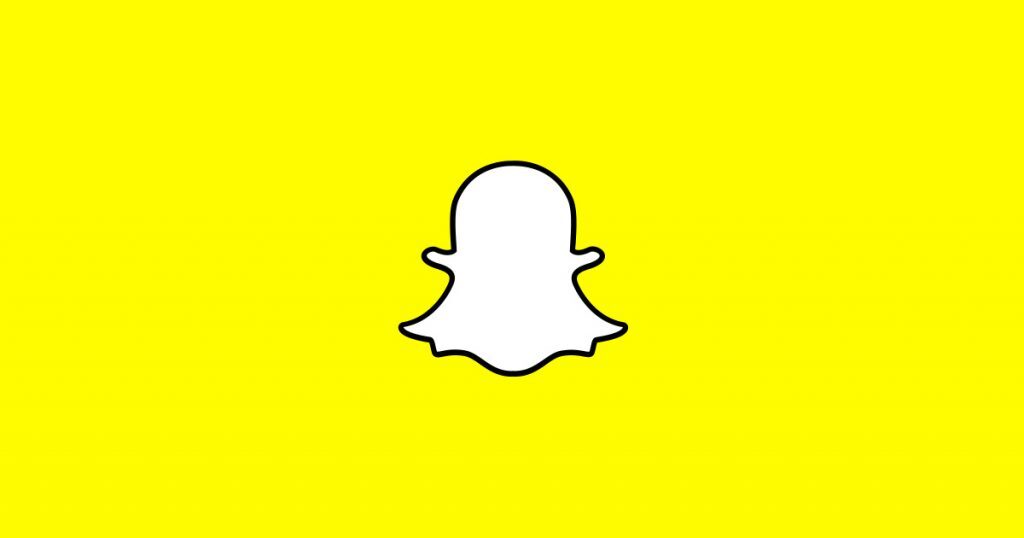The remarkable thing is not only Snapchat’s 158m daily users, it’s that two thirds of them update their content every single day. That’s about 100m people posting something new every day, which explains why parent company Snap will be valued at US$25bn when it IPOs.
Its users check the app 18 times on average each day, sending some 2.5bn images and messages.
After introducing short video clips called “stories” and filters that allow you to tweak your image with stickers and other visual enhancements, Snap has captured the popular imagination. Better yet, a decidedly younger market than Facebook, which itself is edging towards 2bn users. As improbable as that is, both of these trends show just how much social media has become part of our lives.
Snapchat is increasingly what the social media world is going to look like. Especially in this video-intensive, selfie-obsessed mobile world. So much so that Facebook has copied Snapchat 16 times in various ways over the years, including new features in Messenger and WhatsApp.
The now video-intensive app that pioneered disappearing photographs has proved to be a survivor.
Last year Snap introduced sunglasses with built-in cameras, which sold out as quickly as they were released. Unlike the over-ambitious flop that was Google Glass, which promised so much and delivered so little, the Snap glasses were perfectly suited to its snap-happy users.
Snapchat has seen a meteoric rise since it was started by Evan Spiegel and Bobby Murphy in the now traditional, expected Stanford dorm room; much like Facebook. In its first year alone, it grew from 1,000 to 1m daily users; reaching 158m at the end of 2016.
Evolving from self-destructing sexting used by the youth, it has branched out into a wider audience, attracting a new generation of filmmakers. These include the daughters of Hollywood royalty, director Stephen Spielberg (Sasha) and producer John Goldwyn (Emily), who produced its first scripted series “Literally Can’t Even” in 2015.
But the financials revealed in the IPO prospectus aren’t as glowing. Snap’s losses last year were $514m, an increase on the $373m it lost in 2015. This may be in part because, unlike Facebook and Twitter which own and managed vast data centres, Snap rents server space from Google. The more popular it gets, the more it pays.
By far the greatest vote of confidence came from Sir Martin Sorrell, CE of WPP, the advertising giant that now dominates digital advertising. Sorrell is a kind of George Soros or Warren Buffet figure in the advertising world.
Calling it a “rogue elephant,” he told a recent conference that WPP spent an estimated $90m on Snapchat last year; although that pales next to the $5bn adverting WPP spent on Google and $1.7bn on Facebook in the same year.
That hasn’t stopped talk of Snap’s IPO being the biggest tech news of the year so far, if we’re overlooking the innumerable sagas related to new US President Donald Trump.
This just the beginning of a company which is increasingly seen as the new big player in social media.
This column first appeared on Financial Mail
